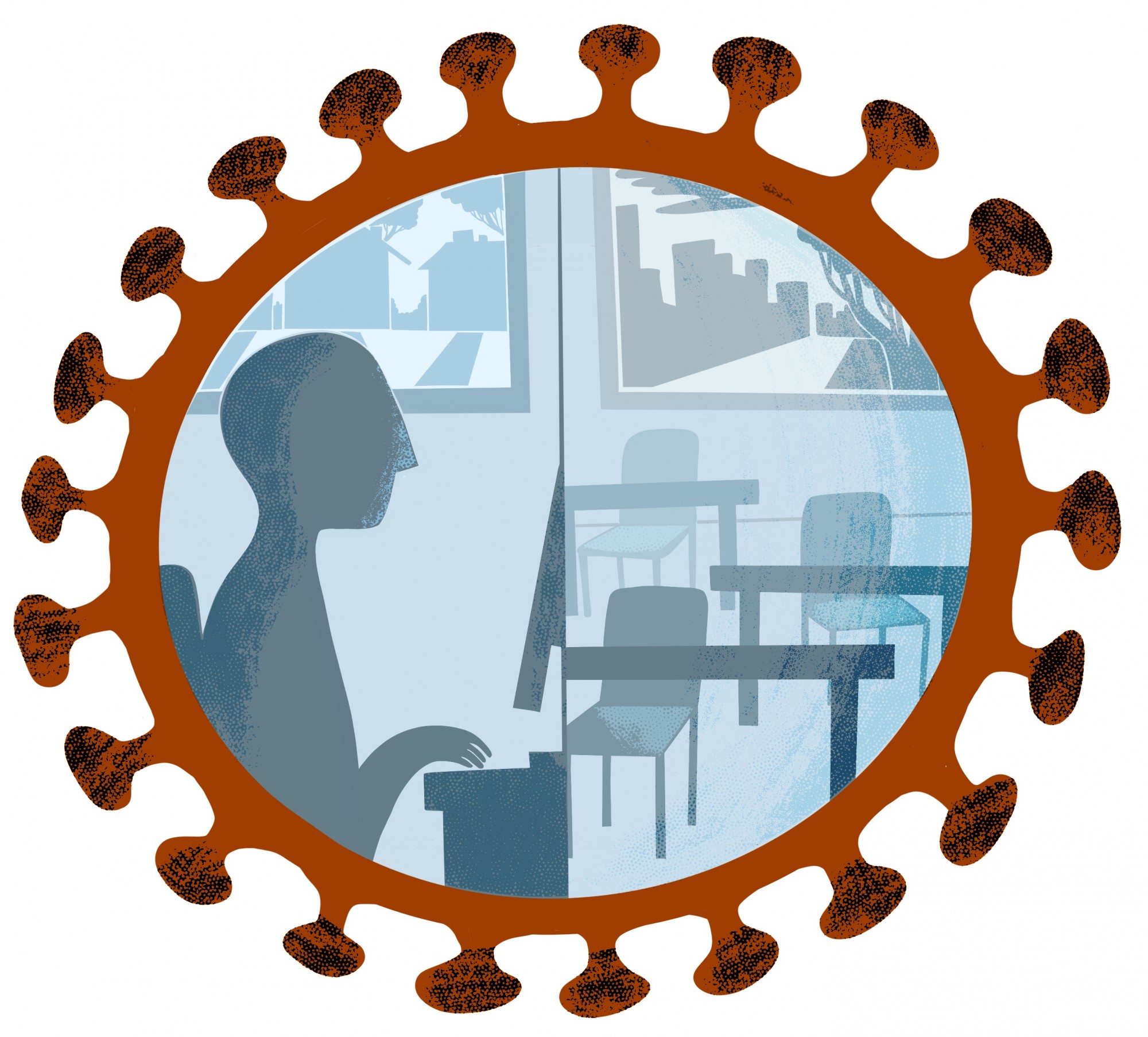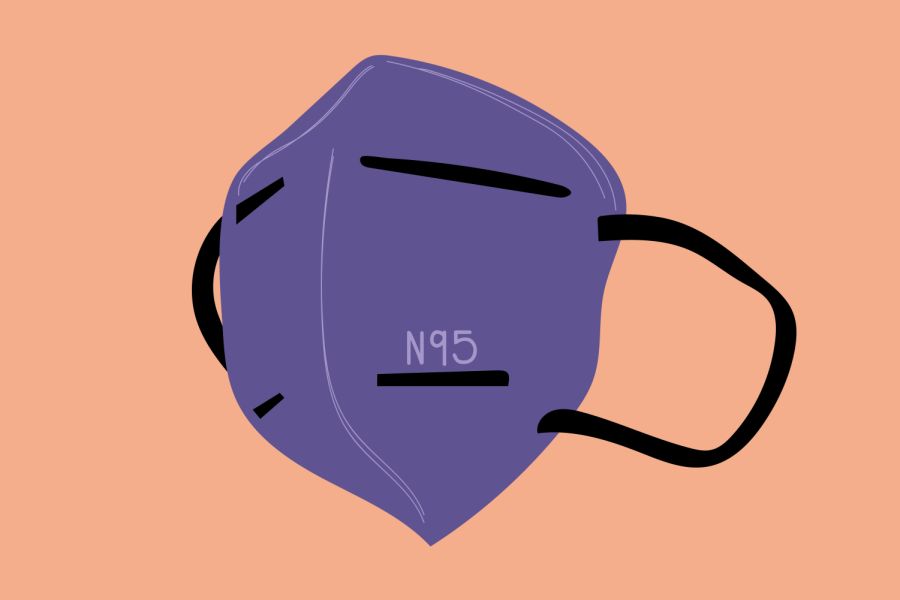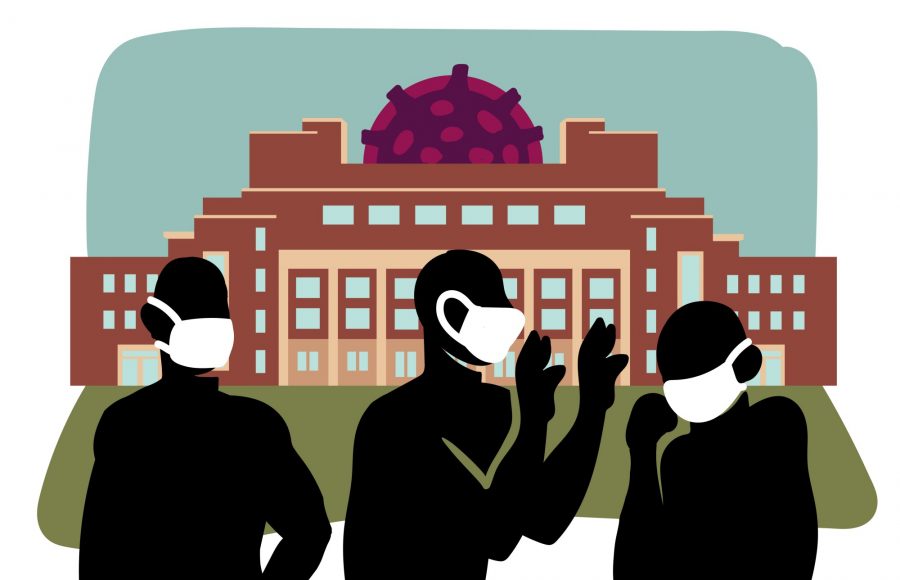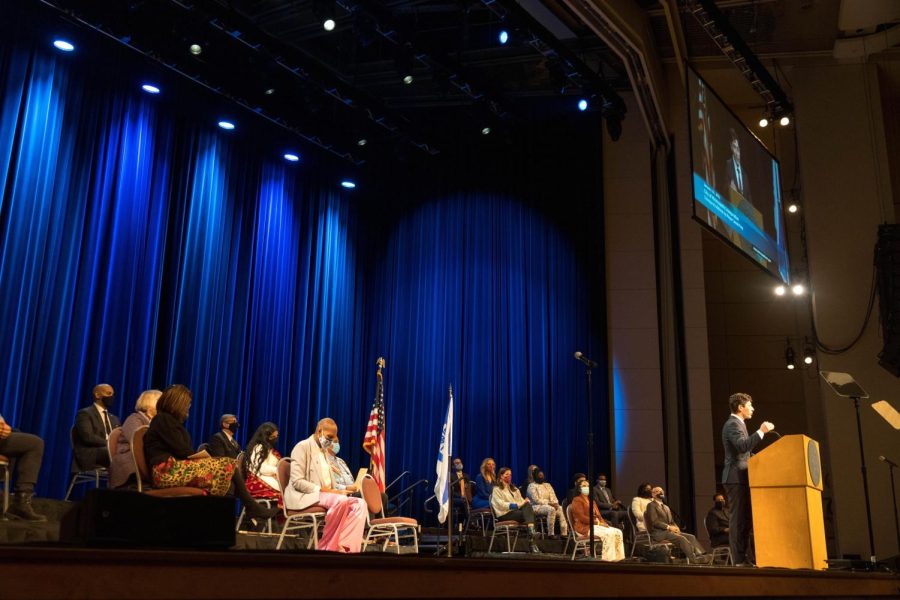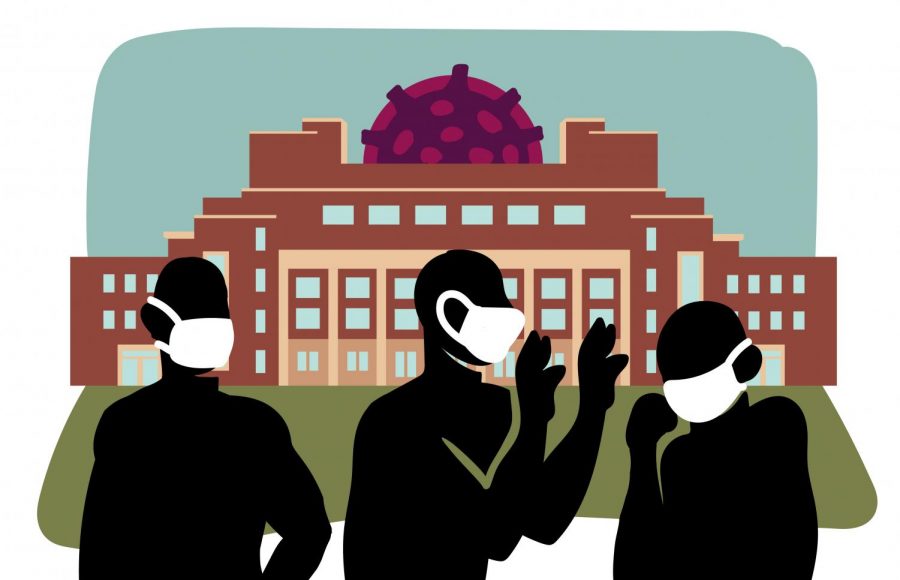In 2006, the dean of the School of Public Health charged a task force to determine how the school would continue to deliver its educational programs in case of a pandemic. More than a decade later, the findings helped prepare the University of Minnesota for COVID-19.
Many of the scenarios the task force worked through are being implemented today.
In the early 2000s, the world was witnessing the reemergence of H5N1, also known as the bird flu, and the School of Public Health wanted to be prepared in case an outbreak affected campus.
Dean John Finnegan charged the task force with planning how the school should prioritize operations in case an emergency situation prevented in-person classes from being held.
The result was an academic version of a business continuity plan.
Committee members focused on scenarios that would affect class sessions mid-semester and offered options for the continuation of classes based on the level of interactivity the course required.
The levels ranged from the “very basic,” conducting classes through emails and exams online, to “very interactive,” which involved a live oral presentation with simultaneous discussion.
The “very interactive” level is comparable to how most classes are being conducted through Zoom today.
The University has been investing in the use of online learning since it became an option in the late 1990s, according to Dean Finnegan.
“When the COVID hit, we were very prepared with a very robust e-learning effort, and we’ve continued to build that,” he said. “We were able to really get a great, solid effort mounted to help faculty get the ability to complete their courses in an online fashion.”
On top of the move to digital learning, the preparedness report, created by the task force in 2006, laid out 10 objectives with corresponding action items to improve preparedness across campus.
Some of the objective areas include international travel, essential personnel, healthcare needs, student housing needs and communications.
The objectives also outline which University departments should be responsible for handling them.
However, because there have been no vaccines approved yet for novel coronavirus, the University has not been able to proceed with one very important objective area included in the report: targeted vaccine distribution.
Had the University encountered a pandemic of a disease with a known vaccine, like the H5N1 influenza, the report states that the University would be prepared to participate in vaccine distribution, not only on the University level but at the county and state levels as well.
While Finnegan and the University have been preparing for a pandemic, he said that he never would have imagined a crisis of this magnitude.
“The thing about public health is that we’re always supposed to be focused on prevention upstream and not just simply reacting to things,” he said. “The world of public health, both in the practice world and in the academic world, is really going upstream from the edge of the waterfall to look at prevention and what we can do in advance.”










